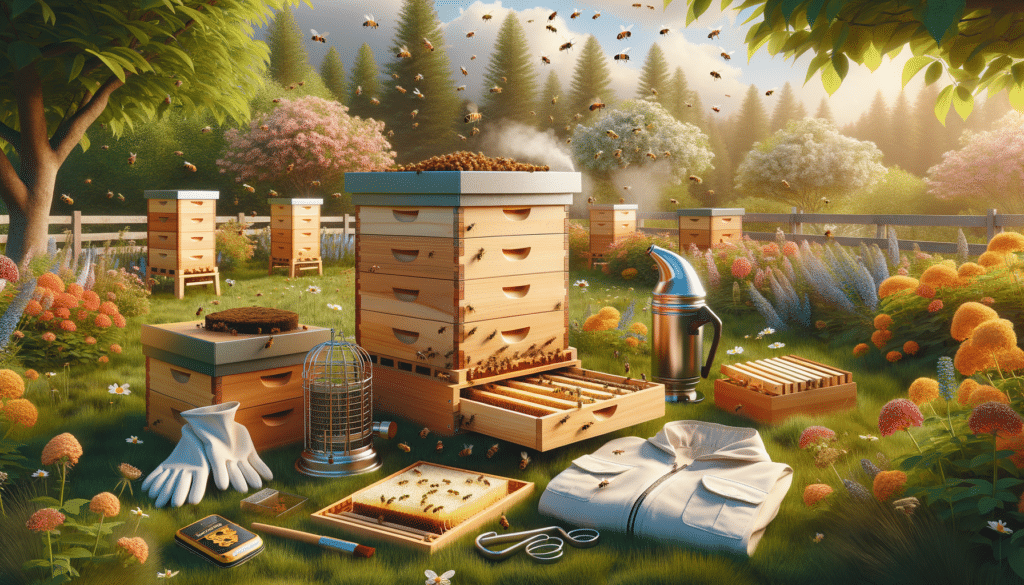Introduction to Backyard Beekeeping
Backyard beekeeping is an engaging and rewarding hobby that offers numerous benefits. From enhancing pollination in your garden to producing your own honey, the advantages are both personal and environmental. With the growing interest in sustainable living, many are turning to beekeeping as a way to contribute positively to their local ecosystems. This article explores the essentials of getting started with backyard beekeeping, including selecting the right kits and understanding the basics of hive setup.
Exploring Backyard Beehive Kits
Choosing the right backyard beehive kit is crucial for a successful start in beekeeping. These kits typically include essential components such as the hive box, frames, foundation, and protective gear. When selecting a kit, consider the following factors:
- Material: Most hives are made from wood or plastic. Wooden hives are traditional and offer natural insulation, while plastic hives are lightweight and resistant to weather.
- Size: Beginners often start with a smaller hive, such as a nuc (nucleus) hive, which allows for easier management and observation.
- Type: Common hive types include Langstroth, Top Bar, and Warre. Langstroth hives are popular due to their modular design and ease of use.
An informed choice in a beehive kit can make the initial steps in beekeeping much smoother and more enjoyable.
Bee Starter Kit Tips
A bee starter kit is an excellent way to begin your journey into beekeeping. These kits typically include a hive tool, smoker, and protective clothing. Here are some tips to maximize the effectiveness of your starter kit:
- Read the Instructions: Familiarize yourself with each component of the kit and its purpose. Proper use of tools like the smoker can make hive inspections safer and less stressful for the bees.
- Protective Gear: Ensure your protective clothing fits well and covers all exposed skin. A well-fitted bee suit and gloves are essential for safety and confidence.
- Practice Patience: Working with bees requires patience and calmness. Take your time to observe and learn their behaviors before making any interventions.
These tips can help you get the most out of your bee starter kit and set you on the path to becoming a successful beekeeper.
Setting Up Your Beginner Hive
Setting up your first hive is a critical step in beekeeping. Proper setup ensures the health and productivity of your bee colony. Here are key considerations for a successful hive setup:
- Location: Choose a location that offers protection from strong winds and is exposed to morning sunlight. This helps bees start foraging early in the day.
- Hive Stand: Elevate your hive on a stand to protect it from ground moisture and pests. Ensure the stand is stable and level.
- Water Source: Provide a nearby water source for your bees. This can be a shallow dish with stones for landing or a small pond.
By carefully planning your hive setup, you create a conducive environment for your bees to thrive and produce honey.
Conclusion: Embracing the Beekeeping Journey
Embarking on the journey of backyard beekeeping is both exciting and fulfilling. By selecting the right equipment, understanding the needs of your bees, and setting up your hive thoughtfully, you lay the foundation for a successful beekeeping experience. As you gain experience, you will develop a deeper appreciation for these fascinating creatures and their vital role in our ecosystems. Whether you’re motivated by environmental concerns or the prospect of home-harvested honey, beekeeping offers a unique opportunity to connect with nature and contribute to its preservation.


